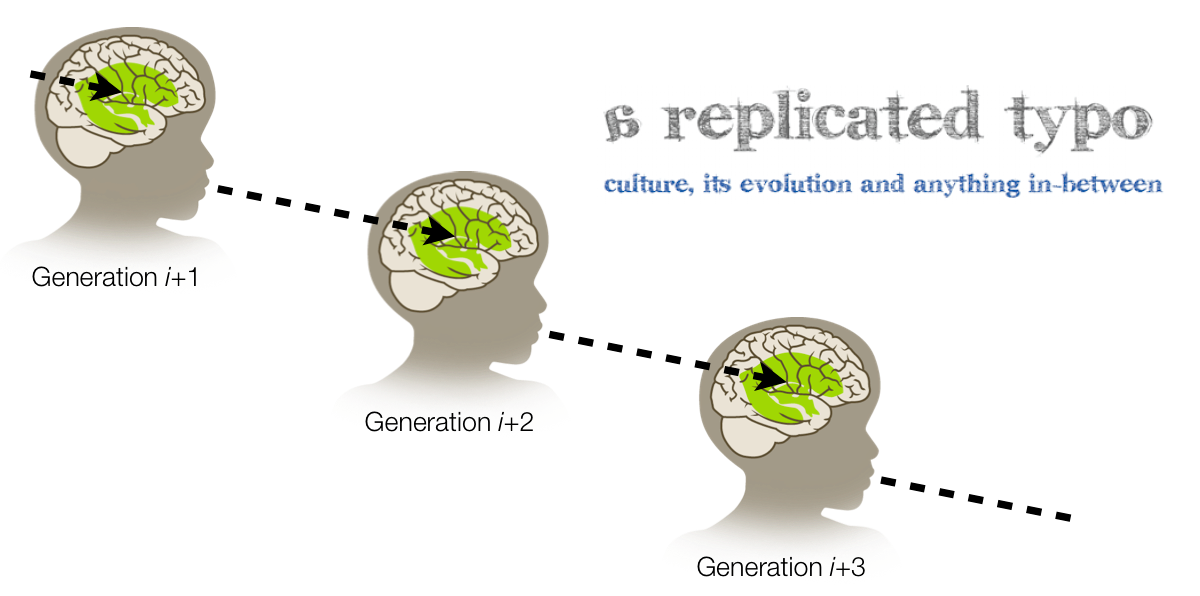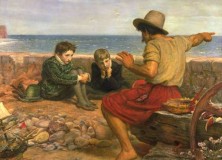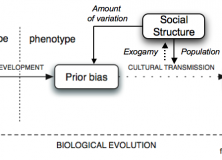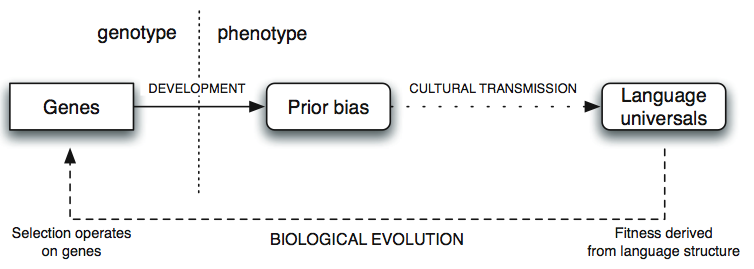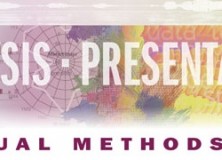We all tell stories. Be it in the elegant prose of a finely-crafted novel or merely relaying the day’s events to someone else, this capacity for storytelling is something found across our various cultures and has its roots deep in our prehistory. Stories are powerful tools with which we understand the world and share social information. They can also be dangerous. In the art of weaving together a tale, details might be omitted, others highlighted and some manipulated. Simple stories, where we abstract away from our complex and messy lives, are especially prone to this narrative fallacy, where we take facts and force an explanation into them, which, in the words of Nassim Nicholas Taleb, is misleading when it “increases our impression of understanding”. A similar warning is made in this brilliant video by Professor Tyler Cowen (of Marginal Revolution):
N.B. The featured picture is of the painting The Boyhood of Raleigh by John Everett Millais. The story behind its use here is simple: it appears on the storytelling page of wikipedia. It also began me on a quest of hyperlink jumps, but that’s another story… Yawn.
